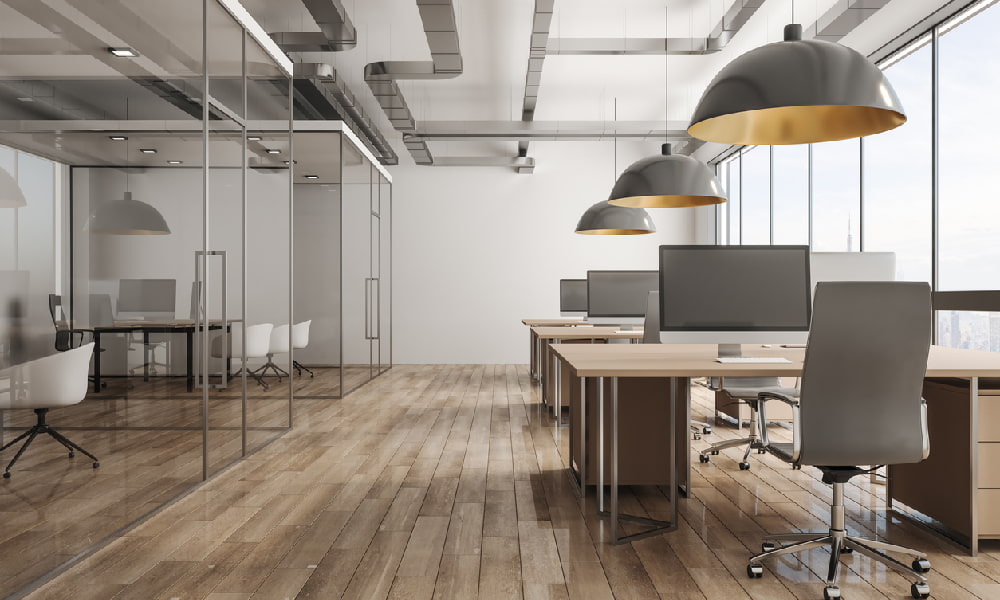Selecting and moving into a new commercial property takes a lot of work, particularly if you have to redesign and furnish the interior to match your specifications. There could be existing furniture and design elements inside too, and you’ll have to determine which of these items you’ll keep and what to replace.
FF&E stands for furniture, fixtures, and equipment, and it’s a common acronym in commercial real estate. It includes anything in the building that doesn’t have a permanent connection to its structure and thus can be removed if necessary. Most FF&E items depreciate over time, and some might not hold much value to your company when leasing a property. You’ll have to figure out if you have any use for these items before moving in, and if you don’t, ask the landlord to remove them and come up with a replacement plan to prepare the building for occupancy.
The existing FF&E in a commercial real estate property varies in its usefulness because every business has different requirements. This guide will take you through the process of identifying FF&E items that are already in a commercial building and deciding what to do with them before moving into the property.
Determining if an Item Is Included as FF&E
Developing a design plan for your commercial property is a significant job that might start by identifying any FF&E the building owner or a previous tenant has left in the unit. You can determine if an item falls into the furniture, fixtures, or equipment category pretty quickly by looking at its features. These are some guidelines:
- Easy to Remove
The first thing to consider is whether the product is easy to remove or not. Bathroom fixtures aren’t considered FF&E because they’re permanent, and removing them would hinder the building’s functionality. Doors and windows aren’t examples of FF&E for the same reason.
- Useful for More Than One Year
FF&E doesn’t involve anything that isn’t usable for at least one year, although its exact lifespan can vary. This rule means the category doesn’t include pens, paper, and other office supplies, or any consumables left on the property. Any item you wouldn’t expect to have around in one year is excluded from your FF&E list.
- Not a Sellable Product
Anything the previous tenant sold as part of its business doesn’t count at FF&E. These items are considered inventory and generally aren’t things you can use as part of your business without first purchasing them. It’s best to let the building owner know the previous tenant left these objects behind before doing anything with them.
There can be tax considerations associated with FF&E, which is why it’s a good idea to categorize everything you’re using around the office properly. It’s also advisable to note all the furniture, fixtures, and equipment already in the building that you can use for your business as you develop a design plan.
6 Examples of Commercial Real Estate FF&E

What exactly is included in the furniture, fixtures, and equipment category? Pretty much anything left in the building that falls into the above categories – but this might not always seem clear-cut. Some specific examples of FF&E include:
1. Furniture
All furniture in an office setting is considered FF&E. The one exception is built-in furniture that would be incredibly challenging to uninstall. This furniture can include desks, tables, chairs, couches, bookcases, and anything else you have around the office.
2. Lighting
The office’s lighting is part of its FF&E. Lamps fall into this category because they’re effortless to remove, but lighting fixtures do too, because they’re relatively easy to replace. The wiring that attaches these fixtures is more permanent and thus isn’t considered FF&E.
3. Art and Other Decor
Pretty much anything you hang on the walls around a commercial property is included in FF&E. Photographs, art, clocks, and signage are all in this category, because they aren’t a permanent part of the structure.
4. Electronic Equipment
Most of the electronics in your office are considered FF&E. Computers, projectors, speakers, telephones, stereo equipment, point-of-sale terminals, and anything else you use to conduct business is included here. You might even categorize your security system as FF&E, although this depends on its components and whether it’s a full-building arrangement that you’re sharing with other businesses.
5. Fitness Equipment
Companies that provide on-site fitness equipment for employees will count weights and machines as FF&E. The reason is that these items are relatively easy to remove and don’t serve a central function within the building.
6. Business-Specific Equipment
Some businesses have unique equipment and machinery that they require to function. These can include difficult-to-remove items that no other business type could use, like a printing press or a dry-cleaning rack. It’s essential to identify this business-specific equipment before signing a lease to negotiate having the landlord remove it before you move in.
Learning what is considered FF&E and what is a permanent fixture within a building is one part of creating a design plan for your new space. It also creates more clarity as you determine what you still need to buy before digging into the design process.
Contact an FF&E and Interior Design Expert
Your office design process should involve drafting a detailed FF&E inventory report, helping you see which items your business can use, and determining what you need to remove and replace. You’ll also want to create an FF&E specification sheet to ensure you end up with the right furniture, fixtures, and equipment to meet your business needs.
The Genau Group provides FF&E inventory reports and specification sheets to our commercial real estate clients in the Washington, D.C., area. Our interior design team can help you find the best business space to meet your needs and implement a plan to perfect it. Contact our offices today for more information on interior design and FF&E in commercial real estate.






